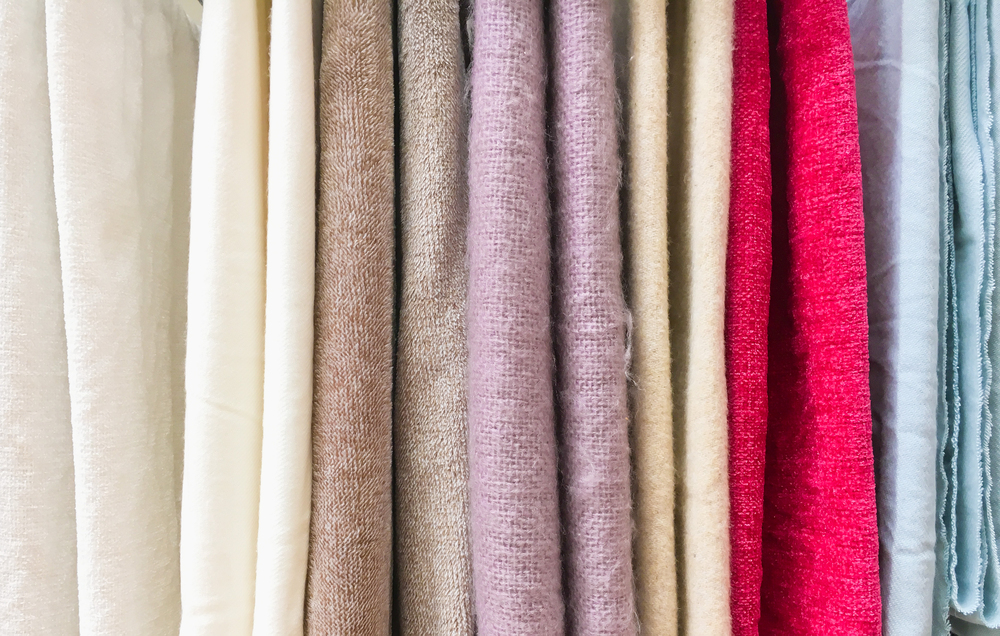
The history of Kashmir
Cashmere is one of the most valuable and softest materials in the world, so it's no exaggeration to say that it is a symbol of luxury and elegance. However, its significance is not limited to the world of fashion; it also holds deep historical and cultural importance, making it worthy of mention in these contexts as well. In this post, we would like to present the history and uses of this noble fabric.
The history of Kashmir
The birthplace of cashmere fabric is Asia, specifically the Himalayan mountain region. The fine undercoat wool of the cashmere goat, which lives on the border between northern India and China, is used to make the yarn. The undercoat wool is very warm and soft, ensuring its success. The Asian region of Kashmir (part of India and Pakistan) became the center for processing the material, and historical records show that wool processing was already taking place in the 3rd century AD.

In the Middle Ages, Persian and Mughal rulers favored using cashmere to make shawls and scarves. It only appeared in Europe in the 18th century, primarily in France and England, where it was worn by the aristocracy.
Modern cashmere
Today, modern cashmere is provided to us by India, China, Iran, and Mongolia. Thanks to the exponential development of technology, production can now accommodate larger quantities, but the role of hand processing should not be overlooked. It is important to mention ethical wool production, and at Vero Lusso, we are strong advocates of this practice.
Eternal and timeless elegance
Cashmere is at the peak of its popularity. Although it is more expensive than traditional wool, this material has a longer lifespan and is softer. A good cashmere sweater is not just a piece of clothing, but an investment and a noble representative of timeless elegance.

